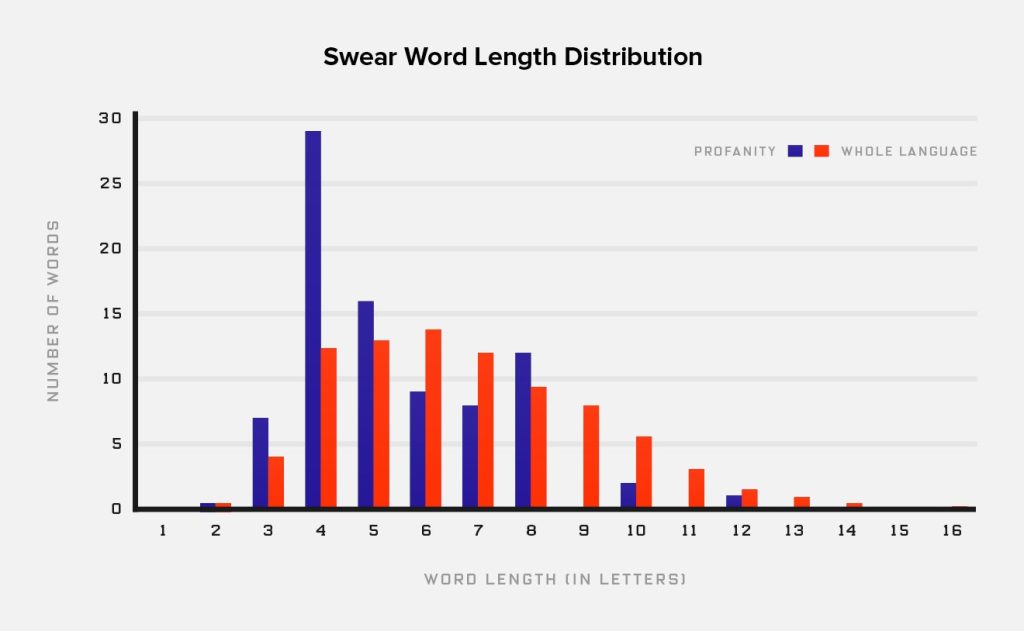I journal most mornings. Today, the week of International Women’s Day and of Sarah Everard’s murder, I found these words pouring out. This is one hour’s writing, with no effort made to remember, just what rose from my subconscious. It barely touches the sides, as every woman knows. The only edit I did was a little structuring so it starts with my morning commutes and finishes in the evening.
I decided to post this because if we don’t call it out, it won’t be counted, and our allies cannot watch for it and respond.
On my walk to the tube every morning – literally every morning – the horrible rush of adrenaline as yet another car or van beeps so loudly at me, so close to me, ruining my peaceful mental preparation for the day, replacing it with the stress of fight or flight.
Five flashers on my solo walk to the tube one dark winter morning, years ago. Five.
Being upskirted on the tube on the way to work, as I realised the seated man in front of me was leaning strangely forward and holding his phone at an odd angle.
Being told it was a waste of time to highlight safe spaces for women because there was no clear commercial benefit (there was, but it involved consideration for women so).
Watching in horror as two senior male colleagues celebrate the success of a campaign I led by holding champagne bottles at their groins with two hands as if the bottles are their giant cocks, and popping the champagne open.
Raising the question of female to male balance of leadership in several different companies and hearing it’s “Not a focus,” or “This company’s doing better than most” (1:3 was the best F/M ratio), or “Let’s not distract from delivering our goals,” or, worst of all, the silence as they catch each other’s eye.
The uncomprehending faces and words of derision when I attempted to show how we were getting biased results from our UX testing because the inputs were from a product and engineering team that were 100% men aged 22-35, 95% white.
Hearing the founder of the company that I and ~600 others worked at say he was an ally who wanted to work towards equality “for his daughter,” (then 3, I think?) whilst the women in his employ, listening to this, wondered when the gaping pay gap would be addressed.
Making the tea, pouring the coffee, taking the meeting notes.
Taking a male team member to a private equity pitch, and only he being spoken to by the PE team, despite my giving the presentation, being the CEO and having every detail at my fingertips. Male team member said in our debrief afterwards that he’d never have believed it if he hadn’t witnessed it for himself.
Thinking the next time I founded a company I’d be better off with a male co-founder if I wanted doors to open more easily.
Touched up from behind by my weekend job employer when I was 14.
Asking the Chair of the company if he enjoyed or had feedback on my all-hands presentation. Him telling me he wasn’t really listening because he was sitting as low as he could in his chair to see how far up my dress he could see. His actual words. It was a bloody good presentation BTW.
Telling the male COO that I was perimenopausal (this makes me feel vulnerable) and would ideally have my team stay where we were – close to a window, in a relatively peaceful part of the open-plan office – when we rearranged the office. Coming back from the all-hands away weekend (the one where I was sexually harassed by the Chair) to find I was as far from a window as I could be, and my team and I were on a long bench directly next to the cacophonous telephone customer service team.
The company where I decided I would report to the COO each unacceptable gendered incident, saying that I was doing so because we needed to treat women better. My sinking heart when I was pulled into a meeting room by that COO and the Chair who harassed me, and being told that ‘my journey with the company was over,’ while not meeting my eyes. The weak-voiced, eyes downcast, “Yes,” when I observed aloud this seemed gendered. They didn’t look at me once that whole meeting.
Pitching for investment from all-male VCs who would ask their wives what they thought about the business opportunity before coming back to me.
Accepting the same compensation I would gain if I went to a tribunal, knowing I should be public for the sake of other women, and knowing also that I couldn’t financially afford to wait for the outcome of a tribunal. Living with the cognitive dissonance of having to be practical rather than live by my values.
My every strategy, project, recommendation is quizzed, doubted, pushed back for more detail, or “Maybe another time,” while male counterpart with exact same title, shot from the hip, and got funding, backslaps and ‘I love this guy,’ from the CEO.
The energy that I spend in every conversation about leaving a company as I summon up a positive story about the business and describing – as close truthfully as possible – a positive explanation of my departure so I don’t leave a negative impression.
My bottom, my back, my legs, my breasts, touched, pinched, grabbed, stroked by unwanted hands so many many many times.
The CEO’s nephew interning in the team I lead, shaking hands on arrival with the male COO, my male HR colleague, my male team member present, but not me, “I don’t touch women.” Having to maintain my cool despite the sting of humiliation because I must be professional and welcoming. (BTW, if you are orthodox anything, the way around this is a hand on the heart and a respectful nod, and use this greeting for everyone.)
Stalked, harassed, threatened, insulted for months by a man in the same industry that I went on one date with. He brought an expensive present for me to our date so.
The discomfort of being told I’m beautiful in a 1:1 my CEO. Then, after I met his wife, finding it hard to get any more 1:1 time with him.
Last week a man slowing down to drive past me, literally hanging out of his driver’s window and craning round to see my face, then realising I’m not the teen he thought I was from behind. My double-fury at his creepiness and the certainty that had I been an easier-to-harass teen he would have done so without compunction. My utter rage on behalf of younger women.
The stories I hear from my transwomen and transmen friends. You should just listen to them. They have first-hand, lived experience of being both sexes. They have spotless empirical evidence.
Being looked at in wonder when I suggest that one of the company’s two senior women go with the proposed team of three men to see the female bank manager, to show we’re progressive, and to show empathy and respect for the woman they’re meeting. No.
The absolute disbelief, the disempowering sense of injustice, the very first time you are in a room of men, discussing a commercial challenge and you suggest an elegant solution, and are met with blank faces. The meeting moderator continues to seek answers after a vague, “I’m not sure,” and a couple of minutes later a man repeats your idea as his own, literally using your words, and the room celebrates his genius.
Saying I’m engaged, married, already taken to men who persistently won’t take any other NO except the no that says I belong to another man. So many many times.
The work dinners with clients where there was an expectation of going on somewhere together. The disappointment in their faces when they realise you were there for professional reasons. The humiliation of realising what was for you work bonding was for them some kind of foreforeplay.
Walking home from work and stopping to share comfort, solidarity and calmness to a shocked woman who I’ve just seen being slapped on the butt from behind by two teenage boys on bikes who are whooping with delight as they pedal away.
The unwelcome rush of adrenaline as a runner brushes narrowly past me from behind as I walk home after work, when he could have gone round the other side. Scary. Fight or flight on my way home too.








 But get out there and speak to everyone. Everyone. Know your bullseye target consumers, know your definitely-nots, know why, when, how they might use your business. Reach out to them. They’re human. They will respond to you. By talking to your customers, even casual customers, you will endear them to you and your business. They ‘know’ you. They will be your advocates.
But get out there and speak to everyone. Everyone. Know your bullseye target consumers, know your definitely-nots, know why, when, how they might use your business. Reach out to them. They’re human. They will respond to you. By talking to your customers, even casual customers, you will endear them to you and your business. They ‘know’ you. They will be your advocates.






 Sipsmith’s first distillery was in a small site on Nasmyth Street in Hammersmith, then a larger space in Chiswick with room for a second and then third copper pot still, and a growing team.
Sipsmith’s first distillery was in a small site on Nasmyth Street in Hammersmith, then a larger space in Chiswick with room for a second and then third copper pot still, and a growing team.
 Brewdog
Brewdog Similarly, crime fiction publisher
Similarly, crime fiction publisher 


